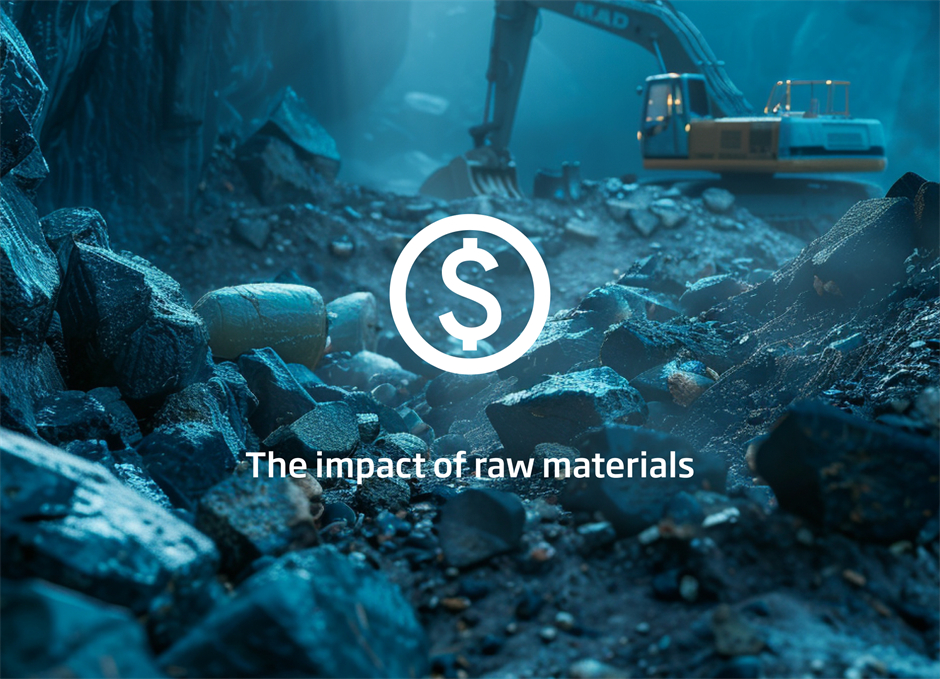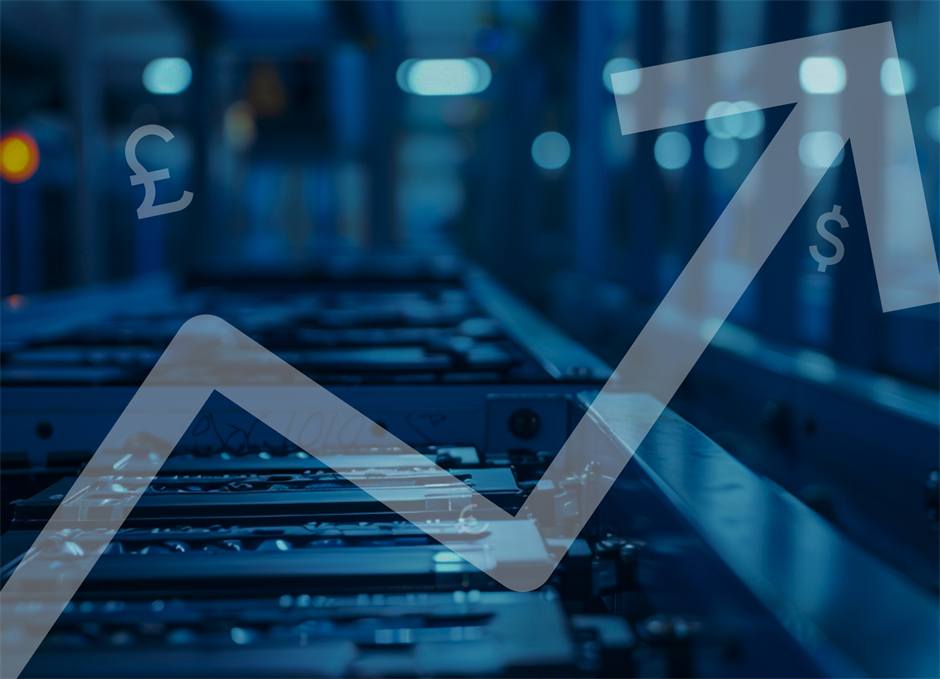Explaining The Price Trends of Energy Storage Systems
- 24/07/31
- Energy Storage
According to PV Magazine (March 2024), the cost of energy storage systems has been steadily declining in recent years, largely due to increased adoption of the technologies and the expansion of grid storage in major markets like China and the U.S. This price reduction is reminiscent of the declines seen in solar cell prices in recent years.
Revenue certainty is taking shape across regions, as according to Wood Mackenzie, a “long-term contracts in Europe, capacity markets in APAC, and revenue stacking in the US all point to the increasing importance of stable, guaranteed revenue streams, particularly for standalone storage systems.”
And according to the BNEF, “In 2024, battery energy storage additions should reach another record, at 57 gigawatts (136 gigawatt-hours) – up 40% relative to 2023 in gigawatt terms. We expect storage project durations to grow as use-cases evolve.”
As a leading global manufacturer of energy storage systems (ESS), we have a deep understanding of the factors influencing the price trends and how important it is that a comprehensive analysis is done when making informed decisions and investment.
Price as a binary metric to compare suppliers doesn’t tell the whole story. There are additional variables that should be considered when evaluating and ultimately selecting the most reliable and valuable energy storage partner for your project.
Key factors that influence energy storage pricing
The impact of raw materials
Raw materials play a significant role in determining battery prices. Elements such as lithium, cobalt, and nickel are essential components in battery production, and their availability directly impacts costs.

System duration and associated costs
One of the primary factors affecting ESS pricing is the duration of the system. The cost structure varies significantly with the duration:
- 2-hour systems typically account for about 70% of the total system cost. These systems are designed for shorter, more frequent discharge cycles and involve a specific set of components and configurations tailored to these operational requirements.
- 4-hour systems can take up to 80% of the total system cost. These systems are designed for longer duration discharge cycles, requiring more extensive and robust components to handle the increased energy storage and delivery demands.
This variation highlights how crucial system duration is in the overall pricing. Longer duration systems necessitate more advanced technology, larger capacity batteries, and additional supporting infrastructure – naturally driving up costs.
System integrations and EPC costs
System integration margins and Engineering, Procurement & Construction (EPC) costs make up the remaining 20% of the total system cost.

These costs are influenced by several factors:
-
Manufacturing
Efficient manufacturing processes help maintain high quality while controlling overall costs. By streamlining production and leveraging advanced technologies, it’s ensured that each component meets rigorous standards without unnecessary expense. -
Testing
Rigorous testing protocols are essential to ensure the reliability and performance of storage systems. Through extensive testing, it’s verified that each ESS operates effectively under various conditions, minimising risks and enhancing long-term dependability. -
Service
Comprehensive service support significantly enhances the value of storage systems. Ongoing maintenance, rapid issue resolution, and expert guidance ensures optimal system performance and customer satisfaction. -
Reliability
Commitment to long-term quality along the supply chain reassures clients that they are investing in a dependable and high-performing ESS solution.
Evaluating energy storage partners
When choosing an energy storage partner, simply comparing top-level costs isn't enough. Long-term value depends on various factors such as system reliability, integration capabilities, service quality and brand trustworthiness. A holistic evaluation ensures better returns on your investment.
Benchmarking energy storage suppliers / vendors
As a developer or Independent Power Producer (IPP), benchmarking the supplier or vendor is essential when purchasing a Battery Energy Storage System (BESS). It’s important to evaluate the reliability, performance, and track record of potential suppliers. A thorough benchmarking process ensures that you select a partner who can deliver on their promises and provide a system that meets your needs.
Integration capability and experience
Acquiring the hardware is just one part of the equation. Integrating this hardware with sophisticated software is equally important. Effective integration involves both vertical and horizontal dimensions:

-
Vertical Integration
Ensures that all components of the system work seamlessly together. This includes the integration of various hardware components like batteries, inverters, and control systems, ensuring they function as a cohesive unit.
Manufacturing Control: A crucial aspect of vertical integration is having control over the manufacturing process. This includes:
- Reducing delivery times: Faster delivery times mean that you can get your system up and running quickly.
- Maintaining high-quality control standards: Ensuring that every component meets stringent quality standards.
- Adapting quickly to changes: Being in control of the manufacturing process allows us to quickly adapt to any changes in demand or technology.
- Horizontal Integration
Ensures that the ESS integrates well with other systems and processes within your operation. This involves compatibility with existing energy management systems, grid infrastructure, and other renewable energy sources such as solar and wind. Effective horizontal integration allows for optimised energy flows and better coordination across different energy assets, improving overall system efficiency and responsiveness.
This holistic approach to integration maximises efficiency and performance, providing a more reliable and effective energy storage solution.
Adding value through testing and O&M
Reliable testing protocols ensure that storage systems meet the highest standards, offering long-term reliability and performance. This not only enhances the lifespan of the system but also reduces maintenance costs and operational downtimes.

Conclusion
When evaluating the price of an energy storage system, it's crucial to consider all these aspects. The integration of hardware and software, comprehensive testing, manufacturing control, and the reliability of the brand all contribute to the overall cost.
By looking at the complete picture, Trina can put forward fair and accurate estimates price for these systems, ensuring that our clients receive the best value for their investment.
At Trina Storage, we are committed to providing high-quality, reliable, and cost-effective energy storage solutions that meet the evolving needs of our clients.
Relevant Topics
Smart Energy Solutions
delivered straight to your inbox

